Particulate Matter 2.5 Microns (PM2.5), Indoor Air Quality & Your Health
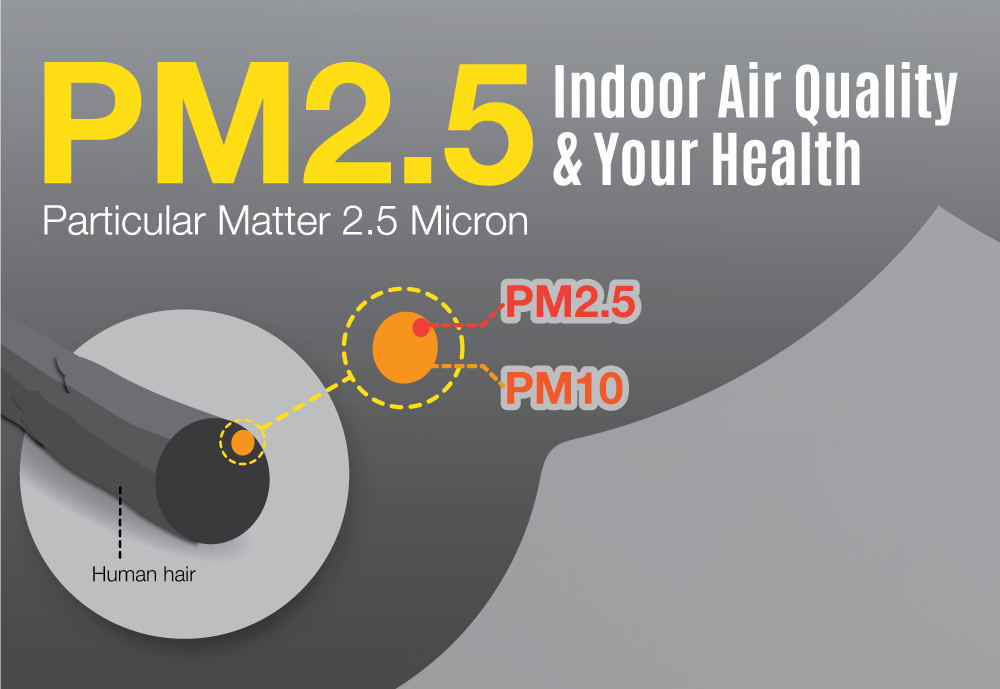
What is it?
Pollution particles in the air are classified according to their size. The 2.5 micron size range is the smallest range for measuring air pollution. These are ultrafine particles which are generally products of combustion emitted from power plants, vehicles, aircraft, wood fired stoves, deforestation fires. 2.5 microns is approximately 4% of the size of a human hair. These particles cannot be individually seen by the naked eye but collectively they account for the air pollution haze that is often seen in the sky over polluted areas. Because these particles are so fine, they stay suspended in the air for a long time and they are very difficult to remove from the air using filters.
What is the risk?
These particles are so fine that when breathed in they are absorbed into lung tissue and can pass from the lungs into the blood stream. This can result in respiratory problems and an increased risk of premature death from heart and lung disease.
What can you do?
Monitor the real-time PM2.5 level via websites and mobile phone applications. PM2.5 is only one of several factors influencing the air quality.
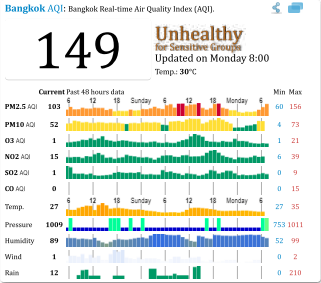
Minimise the amount of time you spend outdoors. Wearing a face mask (rated at N95 or higher) will help but these masks only provide limited effectiveness against ultrafine PM2.5. If you work outdoors, you should consider wearing a respirator that can be fitted with higher quality air filters that are replaceable.
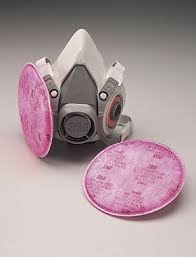

At Home
When indoors, keep doors and windows closed and be aware that the air filters fitted to your residential air conditioners cannot remove PM2.5 from the air. You can use a portable air purifier to improve the indoor air quality. It should have a HEPA (High Efficiency Particulate Air) filter.
At Work
In offices with commercial air conditioning systems try to find out what grade of air filters are installed for filtering outdoor air and recirculation air. The air filters rating scheme developed by the American Society of Heating, Refrigeration and Air conditioning Engineers (ASHRAE) is called the Minimum Efficiency Report Value (MERV). Air filters are rated from MERV 1 to MERV 20. MERV 17 to 20 are HEPA grade air filters that will not be fitted to commercial air conditioning systems because they are too expensive. However MERV ratings were not developed to measure PM2.5 removal efficiency so alone they cannot always be used to distinguish between PM2.5 removal efficiency for air filters.
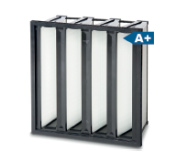
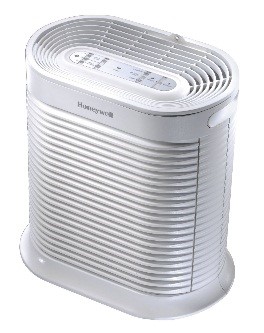
ASHRAE Standard 62.1-2013 (Ventilation for Acceptable Indoor Air Quality) requires minimum MERV 8 air filters for cooling coils supplying occupied spaces; but for areas with PM2.5 levels exceeding the national (USA) standard, then minimum MERV 11 air filters are required.
A 2016 research paper by the Department of Civil, Architectural and Environmental Engineering at Illinois Institute of Technology in Chicago suggested that MERV 14 air filters on outdoor air supplies are required in Bangkok to meet the National Ambient Air Quality Standards (NAAQS) and the World Health Organisation (WHO) standards.
LEED V4-2018 Building Design & Construction, IEQ Credit 5 (Enhanced Indoor Air Quality Strategies) requires that outdoor air supplies to air handling plant serving occupied areas be fitted with air filters with minimum MERV 13 rating.
The following table shows the approximate PM2.5 removal efficiency for various grades of air filters.
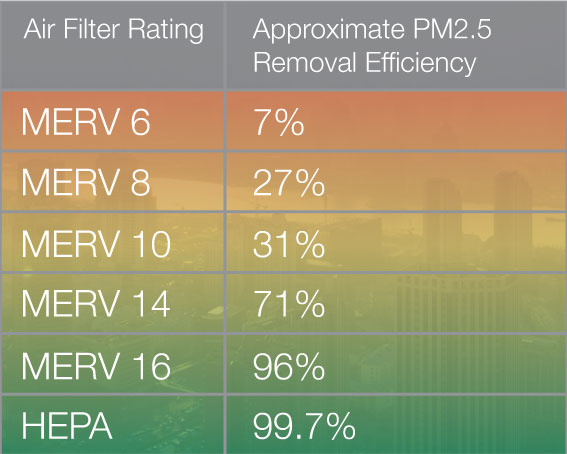
Derek Angus
Associate Director

